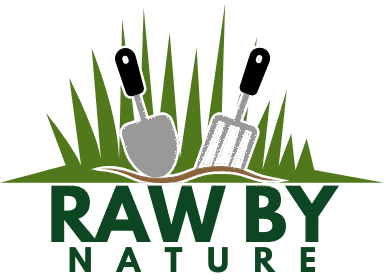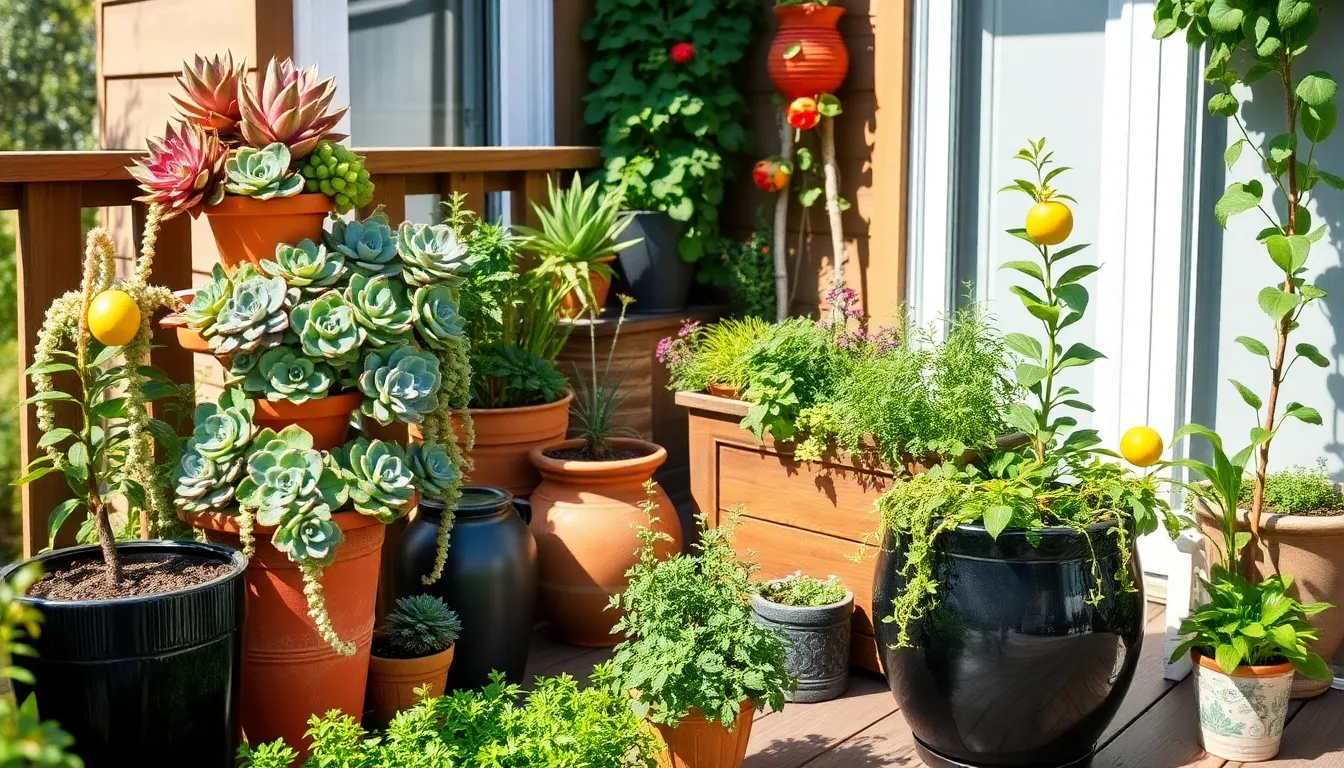Imagine transforming even the tiniest patch of your yard into a lush, vibrant oasis brimming with life and color. Whether you’re dipping your toes into gardening for the first time or you’re a seasoned green thumb seeking fresh inspiration, container gardening offers a world of possibilities that can fit snugly into any small space.
This guide is your ticket to unlocking the secrets of successful container gardening, a practice that melds creativity with practicality. You’ll discover innovative design ideas and proven techniques that promise to elevate your gardening game, regardless of your experience level.
By embracing the art of container gardening, you’ll not only indulge in the joy of nurturing plants but also reap the rewards of a thriving garden that complements your lifestyle. With our expert tips and tricks, you’ll feel empowered to cultivate a stunning sanctuary that flourishes in harmony with your space, no matter how limited it may be.
Choose Compact Plant Varieties
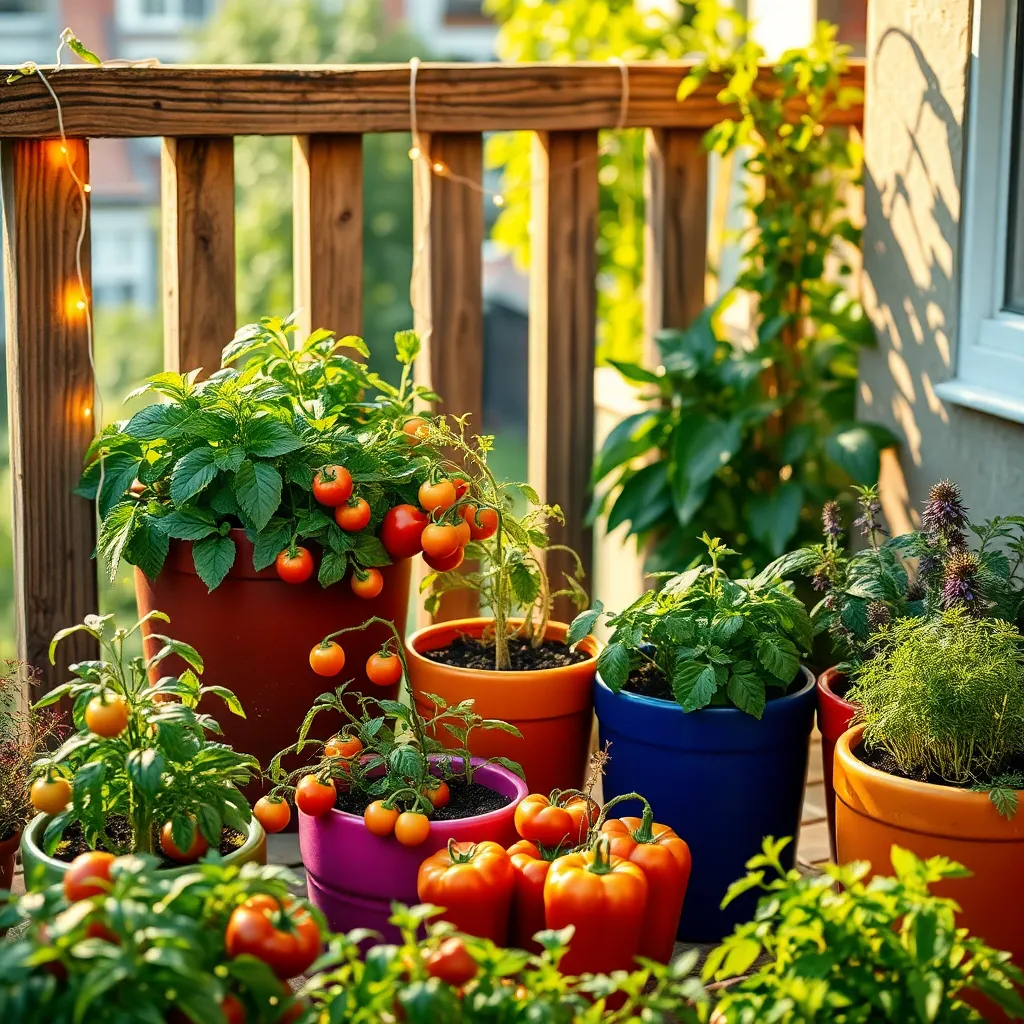
When selecting plants for container gardening in small yards, opt for compact varieties to maximize space and productivity. These plants are specifically bred to thrive in confined spaces, offering the same beauty and yield as their larger counterparts.
Consider choosing dwarf or bush versions of your favorite vegetables and flowers, such as cherry tomatoes or marigolds. These varieties typically require less space and can flourish in containers as small as 12 inches in diameter, provided they have ample drainage and sunlight.
For beginners, it’s essential to understand that compact plants often have shorter root systems. This means they may require more frequent watering, typically every two to three days, especially during hot weather.
Advanced gardeners can experiment with companion planting within a single container to enhance growth and deter pests. Pairing herbs like basil with compact tomatoes not only saves space but also promotes healthy plant development.
Ensure your soil mix is light and well-draining, such as a blend of peat moss, vermiculite, and compost. This combination supports root health and nutrient absorption, crucial for the success of compact plant varieties.
Utilize Vertical Space Efficiently
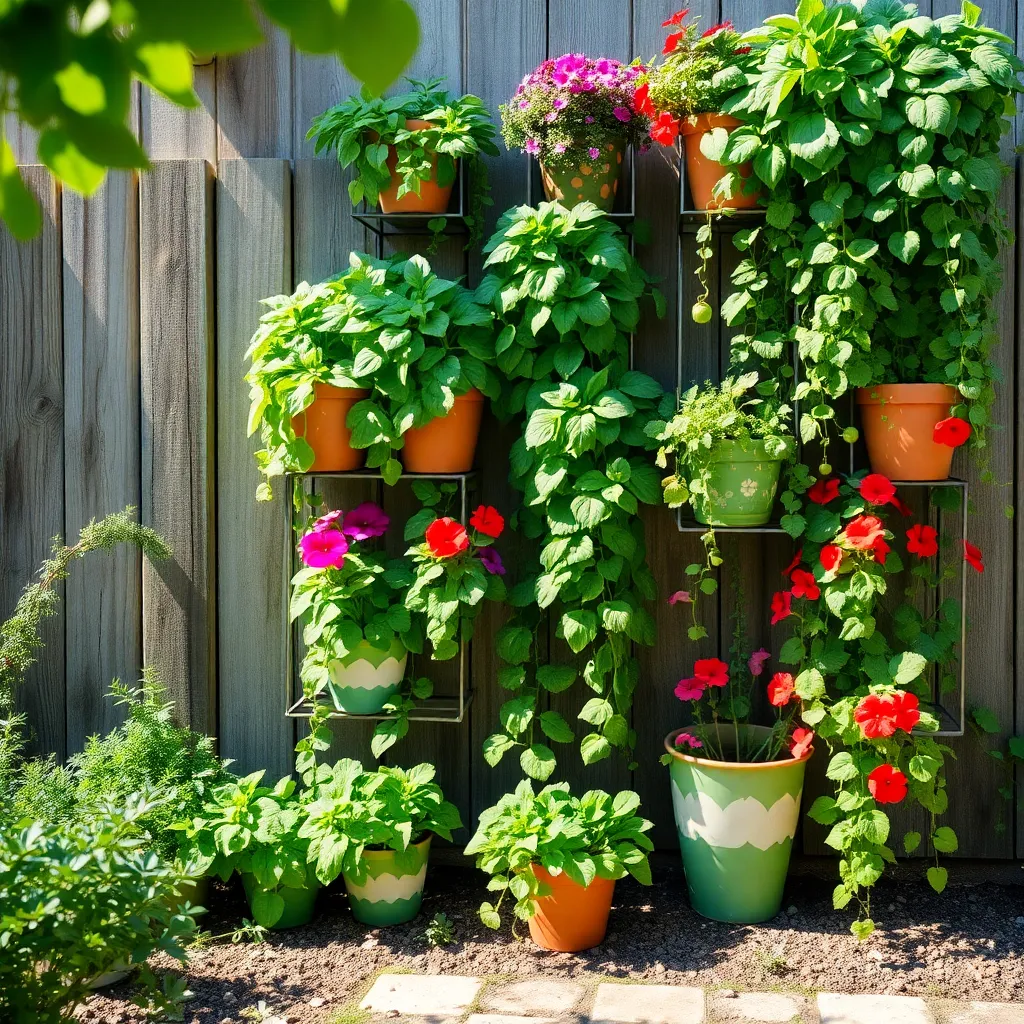
In small yards, utilizing vertical space can significantly expand your growing area. Consider installing vertical planters or trellises to allow climbing plants to flourish upward rather than outward, maximizing limited ground space.
Hanging planters are another excellent way to incorporate vertical gardening into your container garden. These planters can be hung from eaves or sturdy structures, creating layers of greenery that not only save space but also add visual interest.
Choose plants that naturally grow upwards, such as pole beans, peas, or climbing roses, which thrive when given support. Ensure these plants have adequate vertical structures, such as bamboo stakes or a lattice, to encourage healthy growth and abundant yields.
For those looking to add a decorative touch, consider using wall-mounted planters or pocket gardens that can be filled with herbs, succulents, or small flowering plants. These options not only conserve space but also create a living wall that can enhance the aesthetic appeal of your garden.
Select Lightweight Container Materials
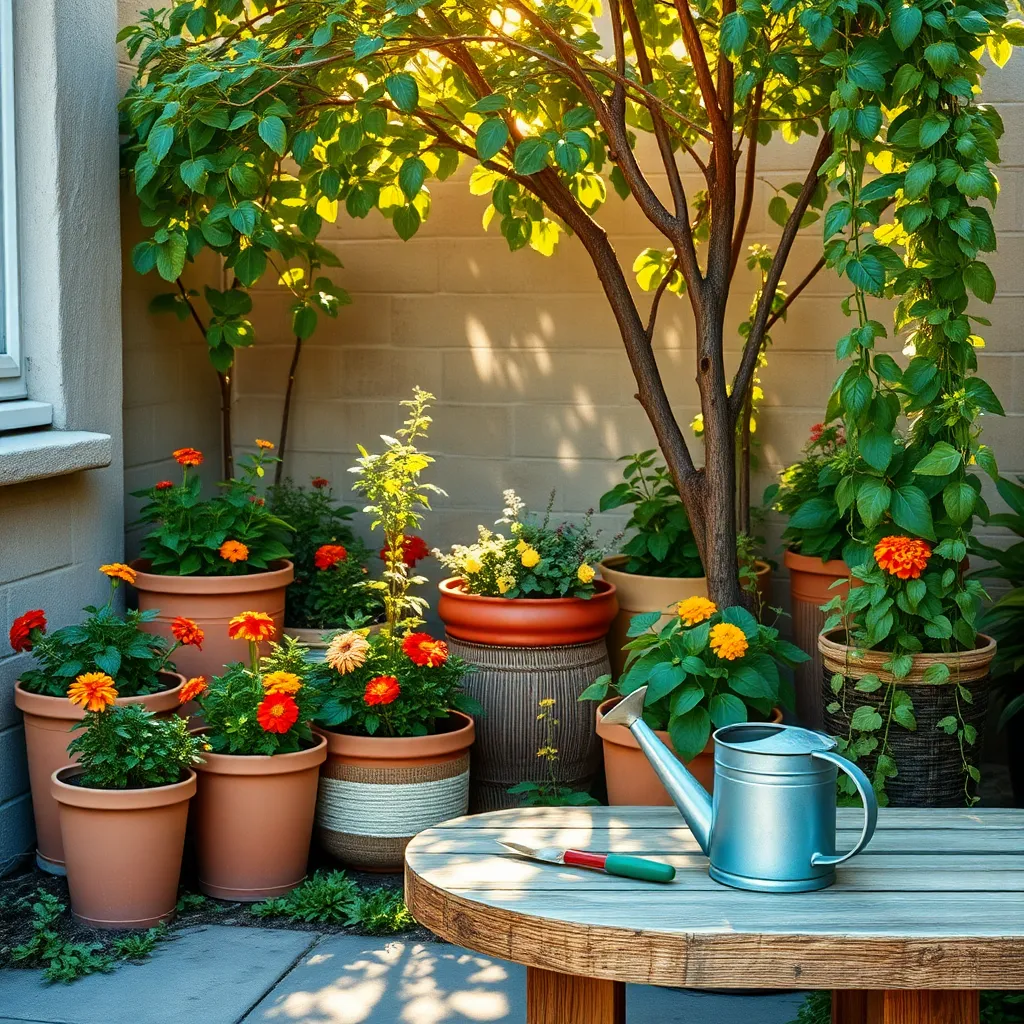
Choosing the right container material is essential for creating a vibrant, manageable garden in small spaces. Lightweight containers, such as those made from plastic, fiberglass, or resin, are ideal for small yards where mobility and ease of rearrangement are beneficial.
Plastic containers are not only lightweight but also retain moisture well, which is crucial for plants that require consistently damp soil. They come in a variety of sizes and colors, allowing you to match them to your garden’s aesthetic while ensuring your plants have the best growing conditions.
Fiberglass and resin containers offer a durable and weather-resistant option for your small yard garden. These materials can mimic the look of heavier pots like stone or clay, providing an attractive yet functional solution for your outdoor space.
For added functionality, consider containers with built-in drainage holes to prevent waterlogging, which can harm plant roots. Ensure proper drainage by using a well-draining potting mix, such as one containing perlite or vermiculite, to promote healthy root growth.
Incorporate Self-Watering Systems
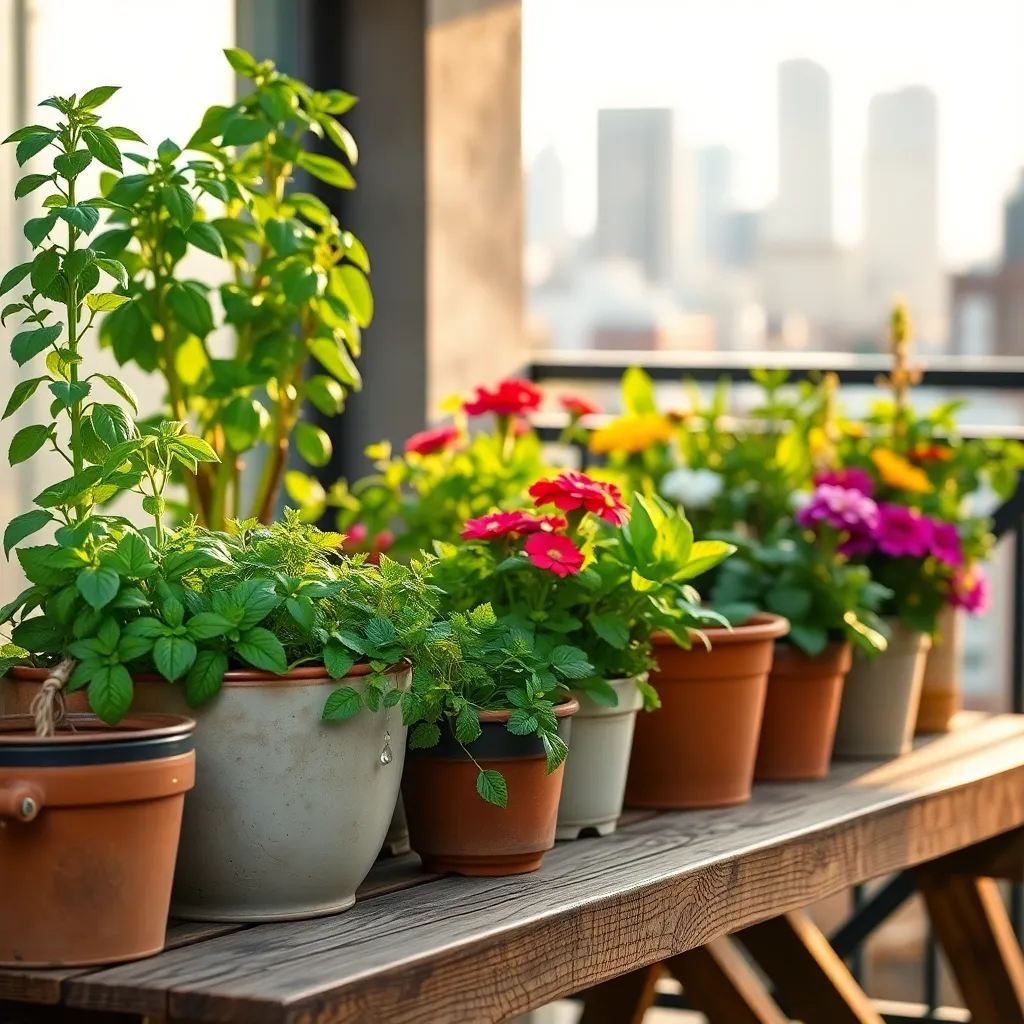
Incorporating self-watering systems into your container gardening can greatly simplify plant care. These systems are especially beneficial for busy gardeners or those who travel frequently, ensuring consistent moisture levels without daily intervention.
Consider using pots with built-in reservoirs, which allow plants to draw water as needed. This design minimizes the risk of overwatering or underwatering, promoting healthier root development and stronger plants.
For a DIY approach, you can create a simple self-watering system using a wick made from cotton or nylon. Insert one end of the wick into the soil and the other into a water container placed below the pot, enabling the plant to absorb moisture gradually.
Regularly check the water level in the reservoir and refill as necessary, especially during hot weather when plants may need more hydration. Mulching the soil surface can also help retain moisture, further extending the intervals between refills.
Rotate Containers for Sunlight
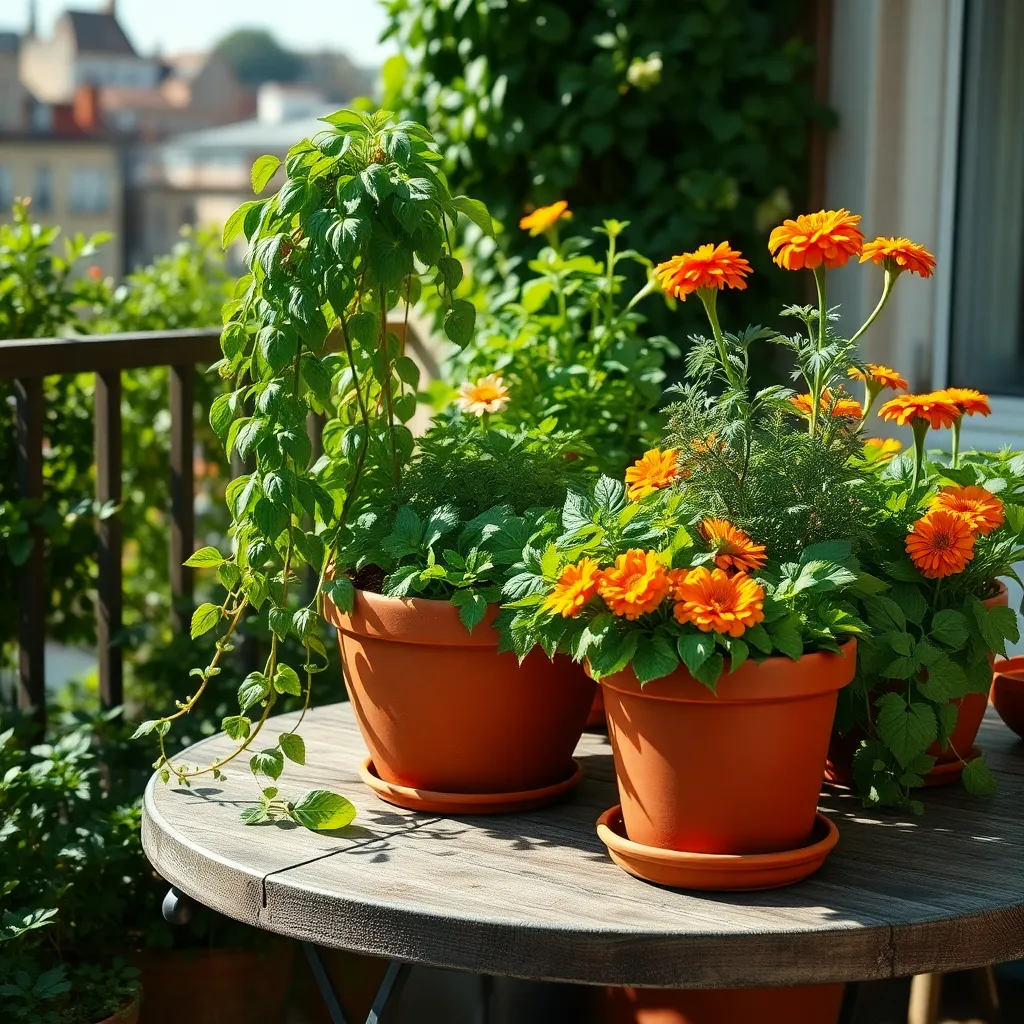
Ensuring your plants receive adequate sunlight is crucial in container gardening. Rotating your containers every few days can help prevent uneven growth and ensure all sides of the plant receive equal light exposure.
Some plants, like tomatoes and peppers, thrive in full sun and need about six to eight hours of sunlight a day. By rotating these containers, you can maximize their exposure to light, leading to healthier and more abundant yields.
In small yards, shadows from buildings or fences can create uneven light conditions. Regularly turning your containers will help mitigate these effects, ensuring no part of your plant is left in the shade for too long.
For beginners, a simple way to remember to rotate your plants is to do it during your regular watering routine. Advanced gardeners may use plant markers to note rotation schedules, ensuring each plant gets the optimal amount of sunlight it needs to thrive.
Conclusion: Growing Success with These Plants
In exploring the world of container gardening for small yards, we’ve uncovered five key relationship concepts that nurture both your plants and partnerships: communication in choosing the right containers, adaptability in selecting versatile plants, nurturing growth through consistent care, sharing responsibilities for maintenance, and celebrating successes together. These principles not only enhance your garden but also cultivate stronger bonds in your relationships.
As your actionable next step, choose one container garden project and plan it with a loved one this weekend. This will not only beautify your space but also create a shared experience that strengthens your connection.
Remember, thriving relationships, like gardens, require intentional effort and care. Bookmark this article as your go-to guide for nurturing both your green thumb and your relationships. By saving it, you’ll have a handy reference to revisit whenever you need a gentle reminder of how these gardening principles can enhance your personal connections.
As you embark on this journey, envision the flourishing success of relationships rooted in the principles of growth, communication, and shared joy. Let your garden be a testament to the beauty of collaboration and mutual growth.
